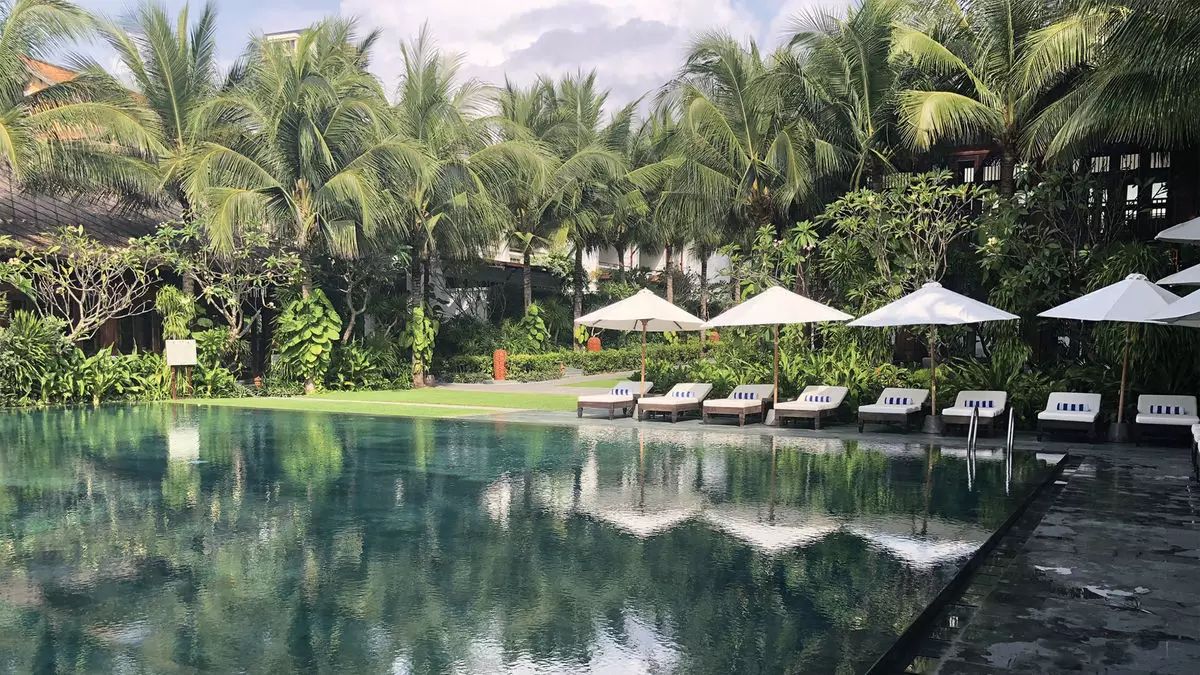Ho Chi Minh City, once known as Saigon, stands as a vibrant testament to Vietnam’s tumultuous past and its remarkable transformation into a bustling modern metropolis. With a population of around nine million, Ho Chi Minh City enchants visitors by gracefully merging the remnants of its colonial heritage with the dynamic pulse of contemporary life. This sprawling urban landscape is not merely an amalgamation of old and new; it epitomizes the resilience and adaptability of a nation that continues to thrive after decades of strife.
An exploration of the city reveals that its historical architecture tells stories long buried under the weight of conflict. Iconic structures like the ornate French colonial hotels—the Majestic, Grand, and Continental—still command attention, their lobbies echoing with the whispers of a bygone era. While these grand edifices now operate under government oversight, they remain popular spots for both tourists and locals seeking a taste of elegance amidst the frenetic urban atmosphere. Dining on the rooftop of the Rex Hotel, once a hub for international journalists during the war, serves as a poignant reminder of the dualities that define this city. Here, the comforting scent of Vietnamese cuisine intermingles with memories of a history that shaped the landscape.
The Dual Legacy of a Wounded City
Walking through Ho Chi Minh City’s bustling streets, one cannot ignore the remnants of its war-torn past, which coexist alongside modern realities. A visit to the Independence Palace, which served as the presidential palace during the Vietnam War, is a journey into history. Guests can wander through the solemn underground bunkers and explore the residential wings once inhabited by foreign diplomats. These spaces resonate with the echoes of diplomacy and desperation, layers of history behind the imposing façade.
Nearby, the Pittman Building stands as a contrasting symbol of U.S. involvement in Vietnam. This unassuming structure housed a top CIA official and played a key role in orchestrating the evacuation of American officials during the fall of Saigon in 1975. Today, it has transformed into a rooftop café—a stark transformation reflecting Vietnam’s ongoing narrative of healing and renewal. Such sites are critical for understanding the lingering complexities of war’s legacy in Vietnam.
The Evolution of Tourism: From Veterans to Young Adventurers
The narrative of tourism in Vietnam has vastly evolved since the end of the war. For decades, the country closed its doors to Western tourists, waiting until a significant economic liberalization in the late 1990s to reopen. This pivot has not only brought a wave of American veterans retracing their steps but also a new generation eager to embrace both the rich culture and affordability that Vietnam offers. In 2024, Vietnam welcomed nearly 780,000 American visitors, marking a significant influx of interest, particularly as younger travelers delve into the country’s complex past.
Travelers like Terri-Ann Mattadeen, a high school history teacher from Queens, symbolize this fresh wave of tourism. As someone born long after the conflict, her curiosity inspires her exploration of Vietnam beyond just its historical context. With an emphasis on culinary adventures and cultural exchanges, she highlights the friendliness of the Vietnamese people and the accessibility of its vibrant locales. The bonding experiences these group tours offer—such as collective tattoo sessions in Hanoi—underscore a unique camaraderie born from shared exploration and curiosity about a country that has changed dramatically over the decades.
Cultural Exploration with a Historical Lens
This modern cohort of travelers is not shying away from Vietnam’s difficult history; instead, they engage with it through museum visits and tours of significant sites. For instance, the Cu Chi Tunnels, integral to the Viet Cong’s resistance efforts, offer a visceral glimpse into the war’s harsh realities. Yet, these visits are woven into a broader tapestry of experiences—from cruising through the spectacular Halong Bay to spending nights with local families, enriching their understanding while enjoying the beauty of what modern Vietnam represents.
Young travelers are increasingly seeking meaningful connections, both with the locales they visit and the people they meet along the way, transcending conventional tourist experiences. This new perspective emphasizes a collective move toward understanding and appreciation of Vietnam’s evolution from conflict to a multicultural destination that caters to diverse interests, from culinary delights to vibrant nightlife.
In essence, Ho Chi Minh City emerges not just as a destination but as an evolving narrative—one where its historical scars are acknowledged yet celebrated through the lens of resilience and unity. The transformation invites a fresh dialogue not only about the past but also about a promising future that entices travelers of all generations.

